Choosing the best side to sleep on can make a bigger difference to your health and comfort than most people realize. Sleeping on your left side is often a good choice because it eases pressure on your internal organs and helps blood flow more smoothly, which can aid digestion and cut down on heartburn. Just this small shift in how you sleep can lead to more restful nights and fewer nagging discomforts.
In general, side sleeping can help keep your airways open, making it easier to breathe and lowering the chances of snoring. It can also ease neck and back pain, especially if you use the right support. That said, whether the left or right side is better often depends on your personal health needs and any specific conditions you have.
Knowing how to sleep on your side properly and understanding the unique benefits of each position can really improve the quality of your sleep. This article takes a closer look at why one side may be better than the other and offers practical tips to help make side sleeping work best for your health.
Key Takeaways
- Sleeping on the left side benefits digestion and heart health.
- Side sleeping can reduce snoring and ease pain.
- Proper positioning improves sleep quality and comfort.
- The best side to sleep on is even more effective when combined with a mattress that supports your body’s natural alignment.
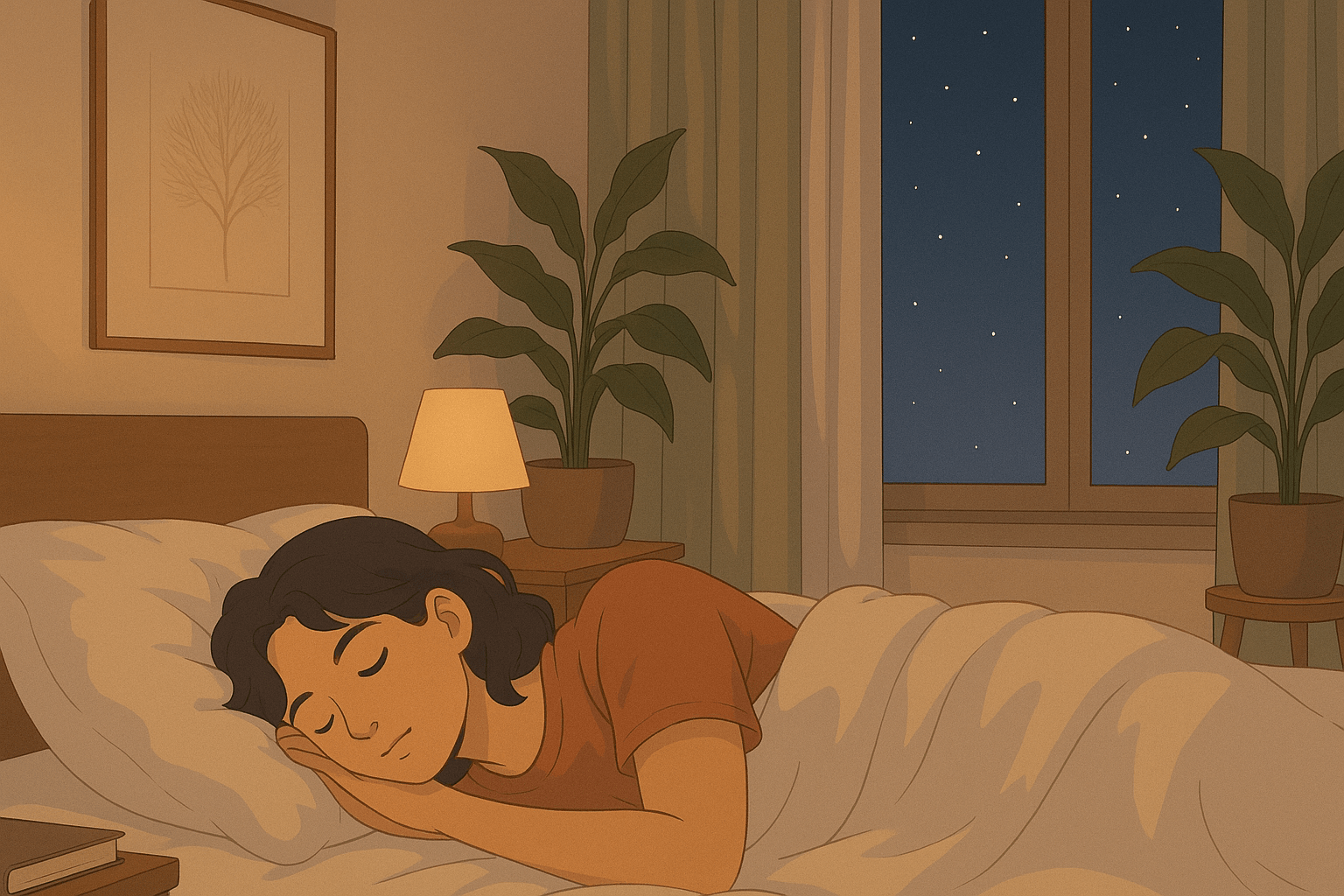
Understanding Side Sleeping
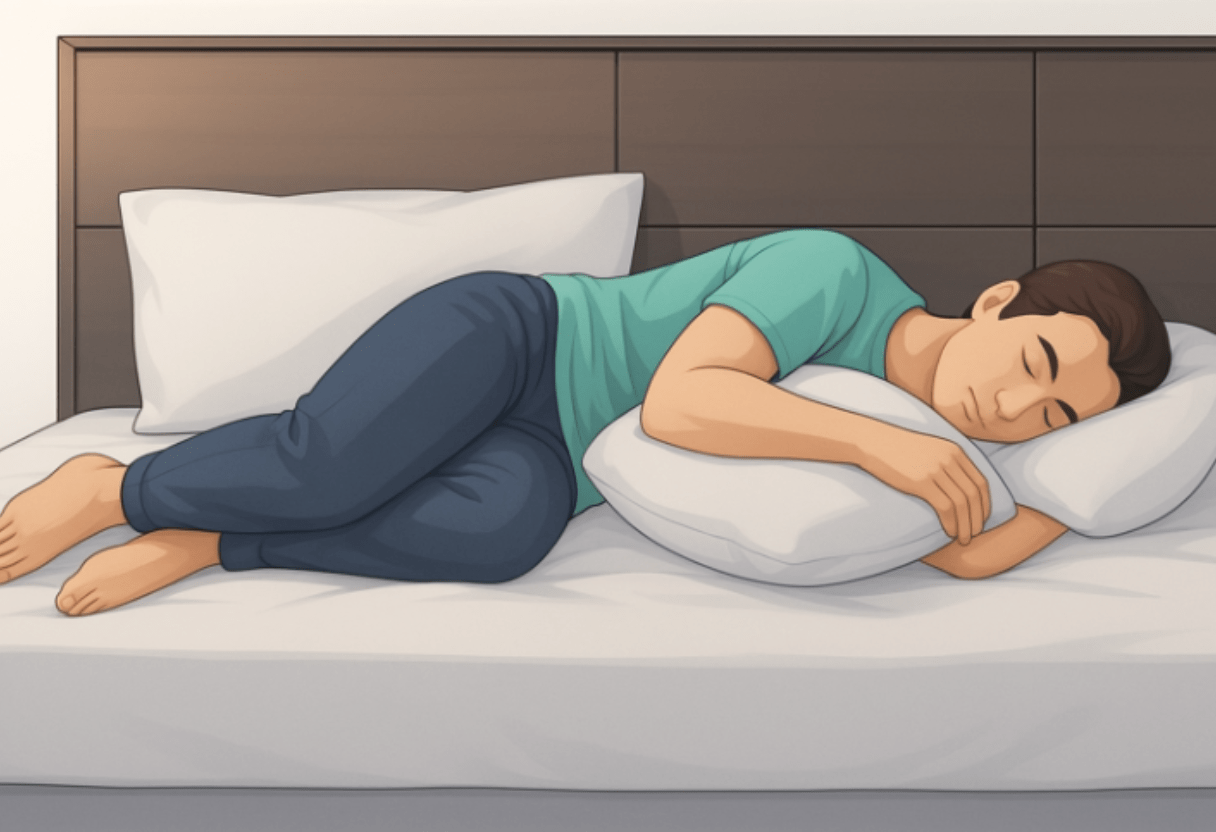
Side sleeping is a familiar and natural way many people rest, and it can play a big role in both comfort and health. It simply means lying with one side of the body resting against the mattress, though the way someone positions their arms, legs, and head can vary quite a bit.
What Is Side Sleeping?
Side sleeping means resting on either the left or right side with the body supported along that side. This position helps keep the airways open, making breathing easier through the night. It often cuts down on snoring and can help with mild sleep apnea. The side you choose matters, too. Many experts recommend the left side since it can improve digestion, boost blood flow, and reduce pressure on your organs.
When paired with the right mattress and pillows, side sleeping also helps keep the spine aligned, which can prevent aches and pains in the back, neck, and shoulders.
Types of Side Sleeping Positions
There are a few common styles of side sleeping:
- Fetal position: Curling the knees up toward the chest, which can feel cozy and secure but may make deep breathing a little harder.
- Straight side: Keeping the legs stretched out and the back straight, which is great for maintaining spinal alignment.
- Side with arm under pillow: Tucking one arm under the head or pillow, which can sometimes lead to shoulder or neck discomfort if held too long.
Getting the right pillow height and mattress firmness makes all these positions more comfortable and can help prevent common aches.
Side Sleepers: Who Chooses This Position?
Side sleeping is especially popular among people who want to snore less or ease acid reflux. Pregnant women often prefer this position, particularly on the left side, since it helps improve blood flow to the baby and vital organs. People with back pain often find that side sleeping takes pressure off the spine better than lying on their back or stomach. Older adults managing chronic health issues also tend to favor this position.
Side sleepers usually look for a setup that keeps their head and neck well-supported to avoid stiffness, often turning to firmer mattresses and pillows made just for side sleeping. For those dealing with heartburn, side sleeping, especially on the left side, can be a simple, effective way to reduce nighttime symptoms.
Left Side vs Right Side: Which Is Best?
Choosing the best side to sleep on really comes down to your health needs and what feels most comfortable. Both the left and right sides have their own set of benefits and downsides, and understanding these can help you figure out which side will give you better sleep and support your overall health.
Benefits of Sleeping on Your Left Side
Sleeping on your left side is often recommended because it takes pressure off important organs. This position helps improve blood flow, especially to the heart, since gravity helps circulation along. It can also help digestion by keeping the stomach and pancreas in a more favorable position. Pregnant people are often advised to sleep on their left side, as it boosts blood flow to the baby and eases pressure on major blood vessels and organs.
Left side sleeping can also ease acid reflux and heartburn by keeping stomach acid from creeping back up into the esophagus. For those with these issues, it’s often considered the best side to sleep on.
Benefits of Sleeping on Your Right Side
Sleeping on your right side can also feel comfortable and offers its own benefits. It may help reduce snoring and mild sleep apnea by opening the airways a bit differently. For some, lying on the right side feels more natural and can help ease tension in the muscles and joints on the left side of the body.
It’s a popular position because many people find it helps them fall asleep faster. Some research even points to small shifts in heart position with possible neutral or positive effects, though these benefits aren’t as widely studied as those on the left side.
Drawbacks of Left Side Sleeping
While left side sleeping has a lot going for it, it’s not perfect for everyone. If you have shoulder or hip pain on the left side, this position might feel uncomfortable. People with certain heart conditions might notice slight shifts in how the heart sits in the chest, which can feel odd or bothersome.
Also, staying only on the left side through the night can sometimes lead to stiffness or soreness if you don’t move around a bit. It’s smart to switch positions now and then to avoid putting too much pressure on one side’s nerves or joints.
Drawbacks of Right Side Sleeping
Sleeping on the right side can make acid reflux and heartburn worse for some people, as it may allow stomach acid to move upward more easily. This position can also slightly reduce blood flow efficiency compared to the left side and may put more pressure on the liver, which could cause issues for some with heart disease.
For certain individuals, sleeping on the right side may increase snoring or worsen sleep apnea, depending on how their airways are shaped and other personal factors.
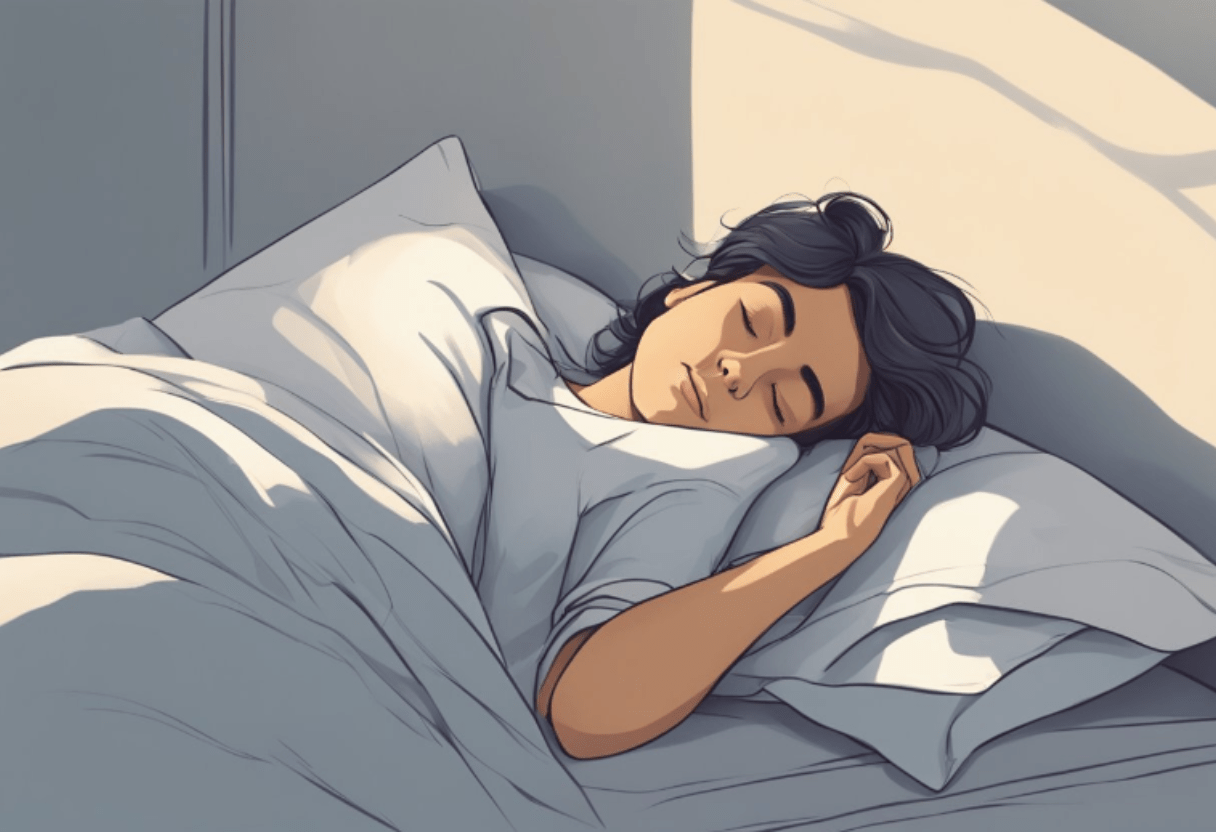
How to Sleep on Your Side Correctly
Sleeping on your side takes some attention to body alignment, support, and comfort to help avoid aches and pains. With a few small adjustments and the right pillows, you can keep a healthy posture while you rest.
Proper Side Sleeping Position
To avoid discomfort, it’s important to keep your head and neck lined up with your spine. A pillow that supports your neck without pushing your head too high or letting it drop too low is key. Make sure your chin stays centered over your shoulders. Your shoulder should be positioned slightly forward so it’s not bearing all your weight. Let your upper arm rest comfortably in front of you or extend it forward a bit.
Placing a firm pillow between your knees can help keep your hips in line and take pressure off your lower back. Keeping your legs slightly bent, not fully straight or tightly curled, supports the natural curve of your spine.
Tips for Healthy Side Sleeping
The mattress you choose can also make a big difference for side sleeping. A mattress that’s too firm can press into your shoulder and hip, while one that’s too soft may not give your spine enough support. For many side sleepers, a medium-firm mattress strikes the right balance.
Try to avoid tucking your arms under your body, as this can put pressure on nerves and cut off circulation. A body pillow can offer extra support and help prevent you from curling or twisting awkwardly.
How to Transition to Side Sleeping
If you usually sleep on your back or stomach, switching to side sleeping takes some patience and small changes. Using pillows as barriers can help keep you from rolling onto your back or stomach during the night. Practicing side sleeping during naps can also help ease the transition. Adding a relaxing nighttime routine, like gentle stretches or calming positions, can support the new habit.
Reminders like placing a pillow behind your back or using a mattress designed for side sleeping can also help. With consistent effort and comfort-focused adjustments, your body can gradually get used to side sleeping.
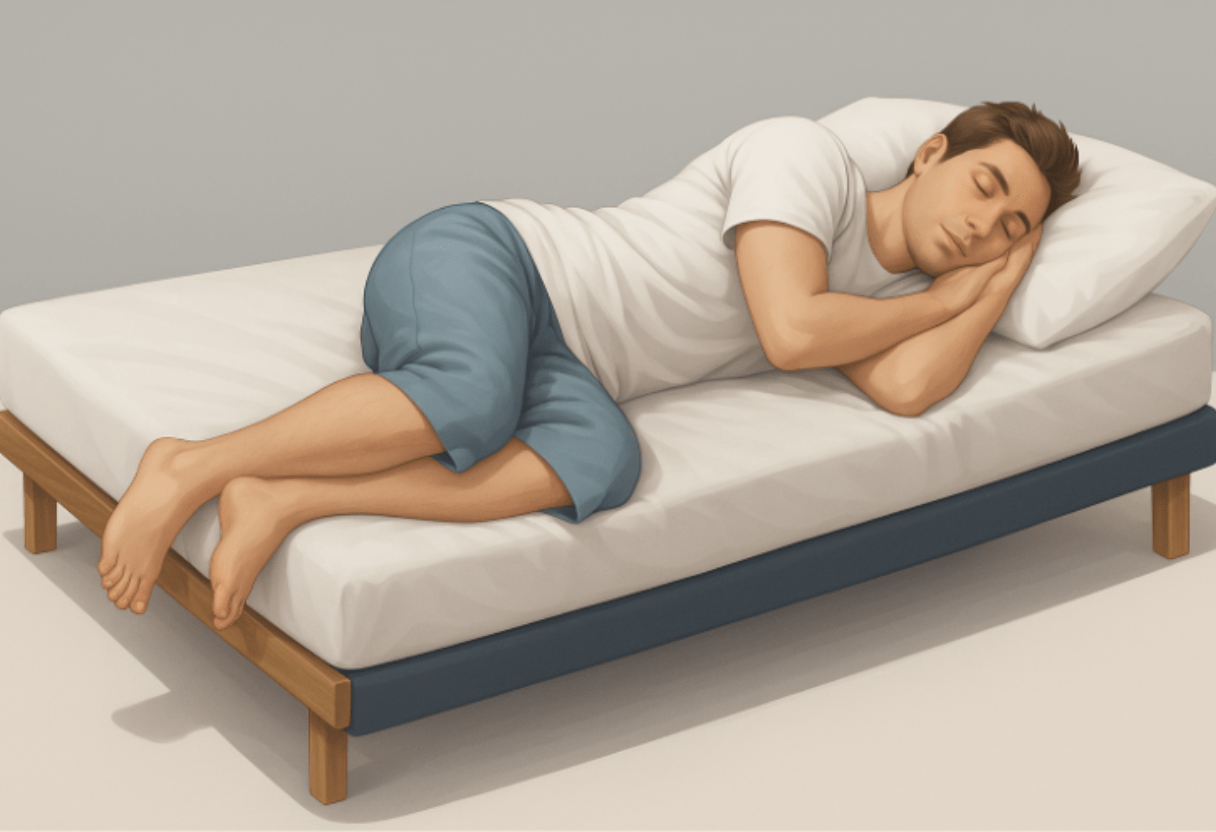
Health Effects of Side Sleeping
Side sleeping has an effect on many parts of the body, including digestion, heart health, breathing, and muscles. Picking the right side to sleep on can help lower certain health risks and make sleep more comfortable.
Impact on Digestion and Acid Reflux
Sleeping on your left side can help reduce acid reflux symptoms. In this position, stomach acid stays lower in the esophagus because the stomach sits on the left side of the body. It also helps clear acid from the esophagus more quickly, which can ease discomfort for people dealing with GERD or heartburn.
On the other hand, sleeping on your right side may make acid reflux worse. The stomach’s position on this side can allow acid to flow back into the esophagus more easily. People prone to indigestion may feel better by switching to their left side.
Side Sleeping and Heart Health
Sleeping on the left side is often suggested to help improve blood flow and reduce strain on the heart. This position helps keep major blood vessels open, supporting better circulation overall. That said, some research shows left-side sleeping isn’t ideal for everyone. People with certain heart conditions might feel discomfort on the left side, and in those cases, sleeping on the right side may be a better option since it takes direct pressure off the heart.
Sleep Apnea and Breathing Benefits
Sleeping on your side generally helps breathing compared to lying on your back. It keeps the airways more open, which can cut down on snoring and lower the risk of sleep apnea.
For people with breathing problems, either side is typically better than sleeping face-up. Whether it’s the left or right side, side sleeping can help maintain clearer airflow and reduce breathing interruptions during sleep.
Musculoskeletal Considerations
Side sleeping does a better job of keeping the spine aligned compared to sleeping on the stomach or back. It eases pressure on the lower back and can help relieve discomfort in that area. Adding a supportive pillow between the knees can boost comfort and help prevent pain in the hips or knees. However, if your body isn’t positioned well on your side, it can sometimes lead to shoulder stiffness or numbness from pressure.
Choosing the right side and making sure your body is well-supported can go a long way in reducing muscle and joint discomfort.
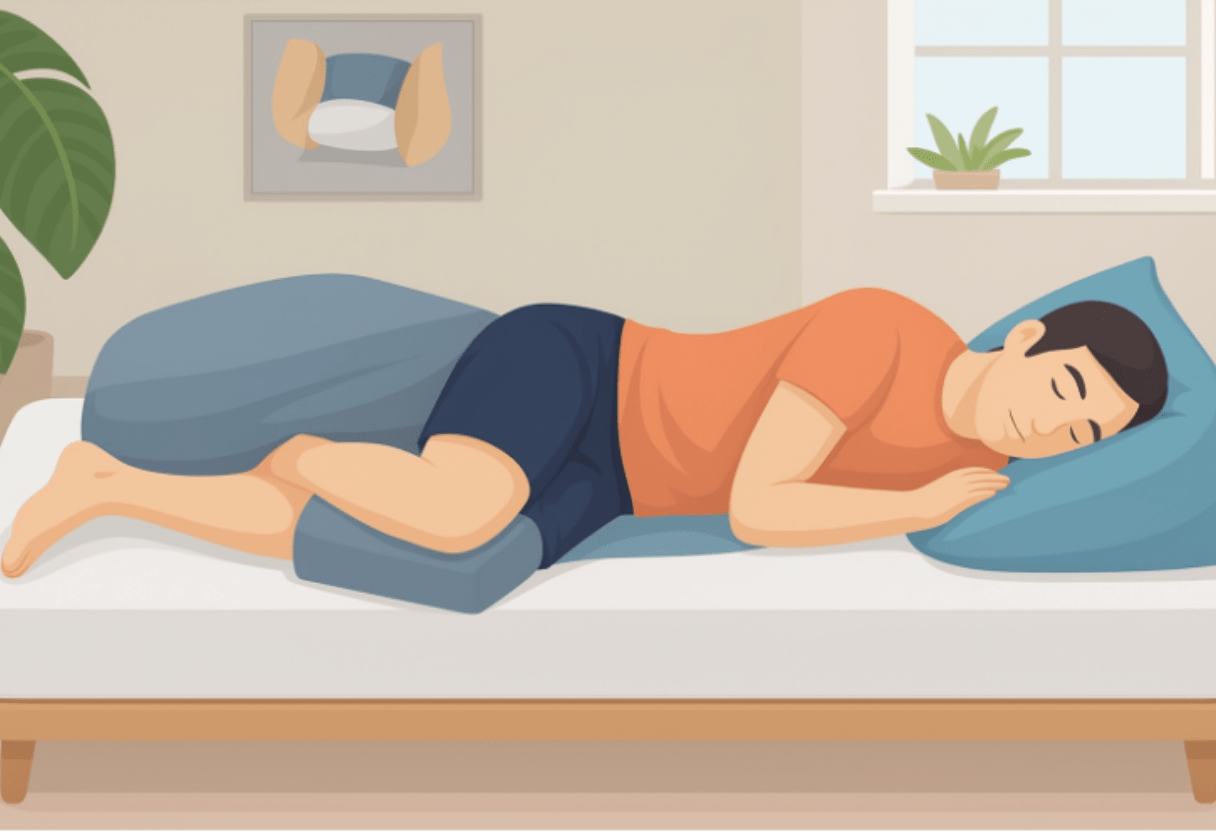
Special Considerations When Choosing a Side
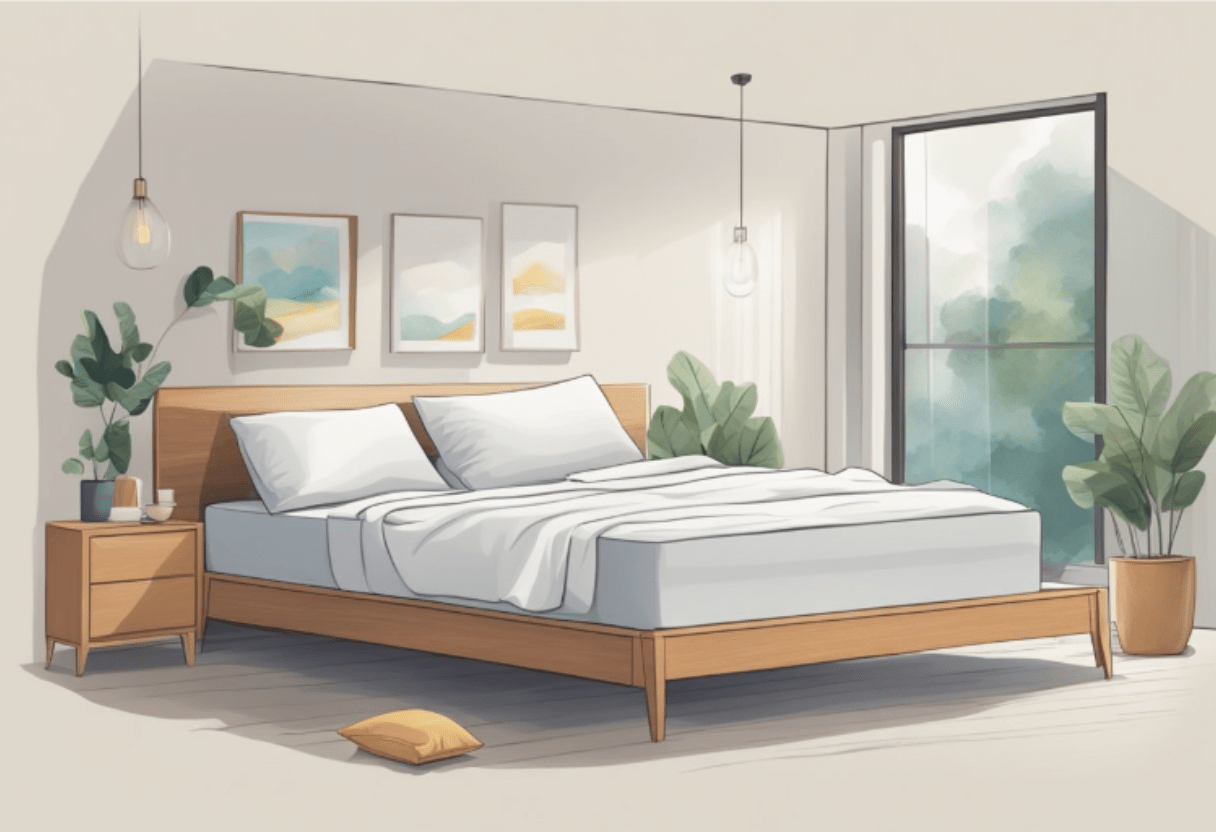
Choosing the right side to sleep on often depends on your specific health needs. Things like pregnancy or chronic health conditions play a big role in deciding which side will give you the best rest and comfort.
Pregnancy and Sleep Position
Pregnant women are usually encouraged to sleep on their left side. This position improves blood flow to the placenta, which supports the baby’s growth and well-being. It also eases pressure on major blood vessels, helping to reduce swelling and discomfort.
Sleeping on the right side during pregnancy is less commonly recommended because it can put pressure on these important vessels and possibly limit blood flow. Back sleeping, especially in the later months, is also discouraged since it can lead to back pain and reduced circulation.
Pillows can be a great help too as it can offer additional support for the belly and hips and make side sleeping more comfortable. This is a common tip for anyone wondering which side they should sleep on while pregnant.
Sleep Position and Chronic Conditions
For people dealing with acid reflux or GERD, the left side is often the better choice. This position helps prevent stomach acid from creeping up into the esophagus, which can ease heartburn. For those with heart issues, sleeping on the right side might help by taking some pressure off the heart. But for people with certain lung or liver conditions, side sleeping can sometimes feel uncomfortable.
Side sleeping also has benefits for breathing. It can help keep airways open, reducing snoring and mild sleep apnea. Deciding which side is best often depends on your individual condition, so it’s a good idea to check with a healthcare provider if you’re managing a chronic issue.
Optimizing Your Sleep Environment for Side Sleeping
Good support and comfort are essential for side sleepers to avoid aches and get quality rest. Having the right mattress and pillow helps keep the spine in good alignment, while thoughtful room setup and bedding choices can make it easier to stay comfortable in a side sleeping position.
Mattress and Pillow Recommendations
Side sleepers do best with a mattress that strikes a balance between softness and support. A medium-firm mattress is usually ideal because it cushions the shoulders and hips without letting the body sink too much or creating uncomfortable pressure points. That’s why memory foam or hybrid mattresses are often recommended.
When it comes to pillows, thickness is key. A thick, firm pillow fills the space between your head and the mattress, keeping your neck in line with your spine. A contour or side sleeper pillow that cradles the head and neck can help cut down on stiffness and soreness. Many side sleepers also benefit from placing a pillow between their knees to better align the hips and lower back.
Adjusting Bedding and Room Setup
Bedding plays a role in comfort and ease of movement during sleep. Soft, breathable sheets and blankets help prevent overheating, which can interrupt sleep. Side sleepers should pick bedding that allows them to shift positions smoothly without getting tangled up.
The room setup can also encourage side sleeping. Adding a body pillow or firm cushions along the back can help keep you from rolling onto your back during the night. Adjusting the bed’s height can make it easier to get in and out without straining your hips or knees. Finally, paying attention to lighting and noise levels can help create a more restful environment and promote uninterrupted sleep.
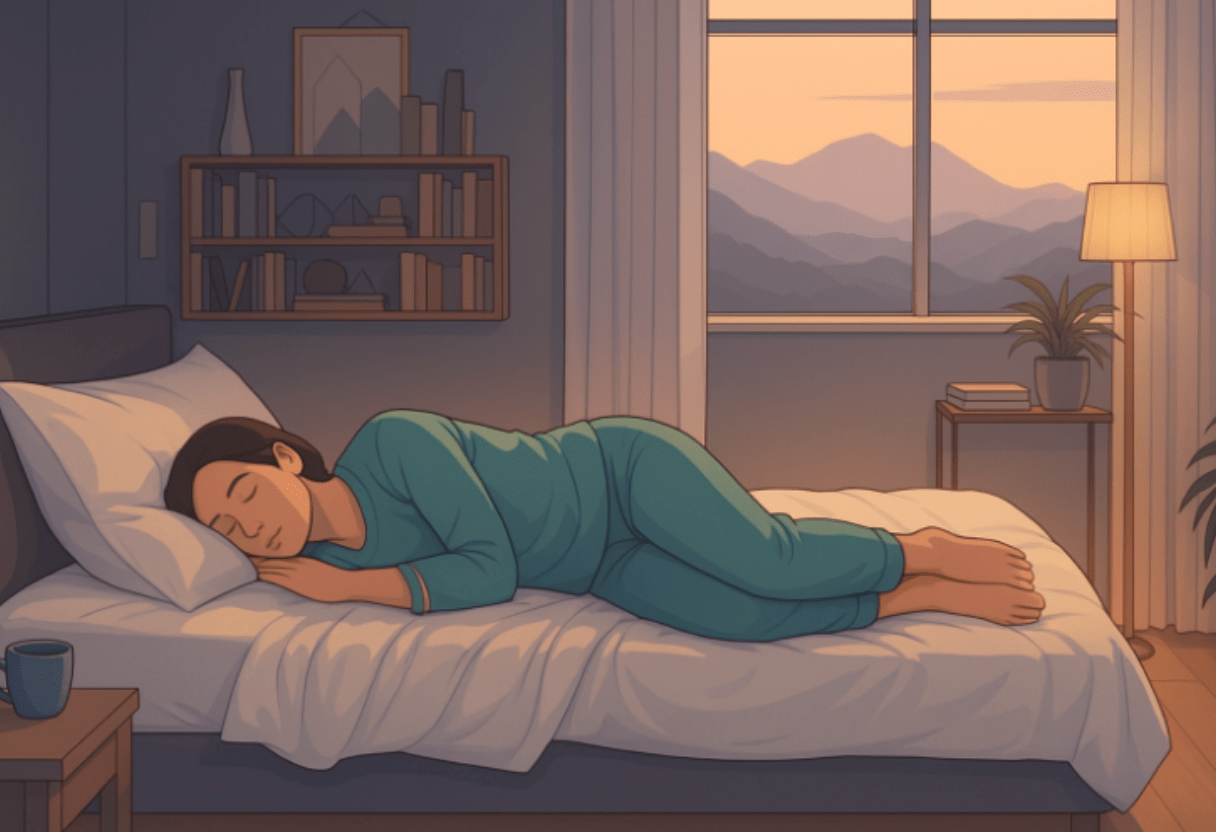
Common Myths and Misconceptions About Side Sleeping
There are plenty of ideas floating around about side sleeping, but many of them are either not true or only partly true. Some people say it can fix every sleep problem, while others worry it creates new ones. Fortunately, scientific research gives us a clearer picture to help sort fact from fiction.
Debunking Popular Beliefs
A common myth is that sleeping on the left side will always solve digestion issues. While it can help reduce acid reflux for many people, it’s not a guaranteed fix for everyone. Another belief is that side sleeping leads to wrinkles and sagging skin. But the truth is, skin quality is shaped much more by age and lifestyle habits than by how you sleep.
Some people also think that sleeping on your side causes body aches. In reality, aches usually come from poor posture or not using the right pillow support and not from the side sleeping position itself.
Understanding Scientific Evidence
Research shows that side sleeping, especially on the left side, can improve blood flow and ease pressure on internal organs, which is good for both heart and brain health. Animal studies have even found a connection between side sleeping and better brain cleansing, potentially lowering the risk of dementia, though human research is still ongoing in this area. While experts often rate back sleeping as the best overall for spinal alignment, only a small number of people actually find this position comfortable for a full night’s sleep.
The Best Side to Sleep On and Choosing the Right Mattress
When it comes to getting the most out of the best side to sleep on, the right mattress can make all the difference. A quality mattress supports the shoulders, hips, and spine, helping side sleepers avoid pressure points and stay aligned through the night.
The Bear Elite Hybrid is a top choice for side sleepers, thanks to its balance of cushioning comfort and firm support. It features zoned coils and advanced foam layers that contour to the body, relieving pressure while keeping the spine properly aligned. With this kind of support, side sleepers can enjoy the full benefits of their preferred sleep position without waking up sore or stiff.








